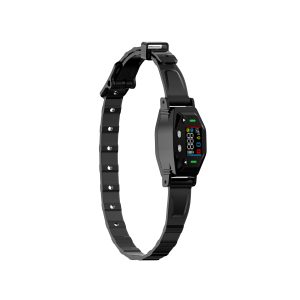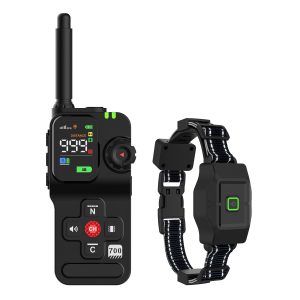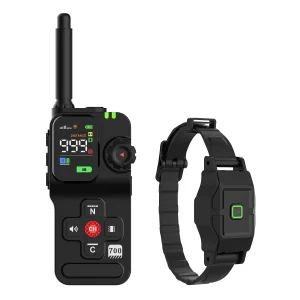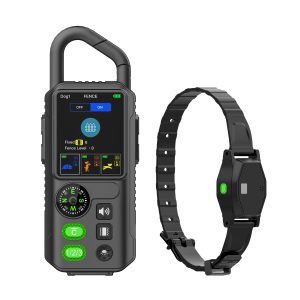The Ultimate Guide to Training Big Dogs with Collars
Training big dogs can be a challenging task, but with the right techniques and tools, it can be a rewarding experience for both you and your furry friend. One effective tool that is often used in dog training is a collar. Collars can provide a means of communication between you and your dog, helping to establish boundaries and encourage good behavior.
When it comes to training big dogs, using the right collar is crucial. The collar should be sturdy and well-fitted to ensure your dog’s comfort and safety. There are various types of collars available, including choke chains, prong collars, martingale collars, and electric collars. However, it’s essential to choose a collar that is suitable for your dog’s size, breed, and temperament.
Benefits of Using Collars in Big Dog Training
- Provides a means of control during walks and training sessions
- Helps to correct unwanted behaviors such as pulling on the leash
- Aids in establishing clear communication between you and your dog
- Can be used as a tool for positive reinforcement training
Tips for Using Collars in Big Dog Training
When using a collar to train your big dog, it’s essential to do so in a humane and responsible manner. Here are some tips to help you effectively train your dog using a collar:
- Start training your dog from a young age to get them accustomed to wearing a collar
- Use positive reinforcement techniques such as treats and praise to reward good behavior
- Avoid using excessive force or punishment when training with a collar
- Be consistent with your training methods to help your dog understand what is expected of them
Common Mistakes to Avoid When Using Collars
While collars can be valuable tools in big dog training, there are some common mistakes that owners make when using them:
- Using the wrong type of collar for your dog’s size and temperament
- Incorrectly fitting the collar, which can lead to discomfort or injury
- Using the collar as a form of punishment rather than a training aid
- Not providing proper training and guidance when using the collar
Conclusion
In conclusion, training big dogs using collars can be an effective way to communicate with your pet and encourage good behavior. By choosing the right collar, using positive reinforcement techniques, and avoiding common mistakes, you can help your big dog become a well-behaved and obedient companion.




